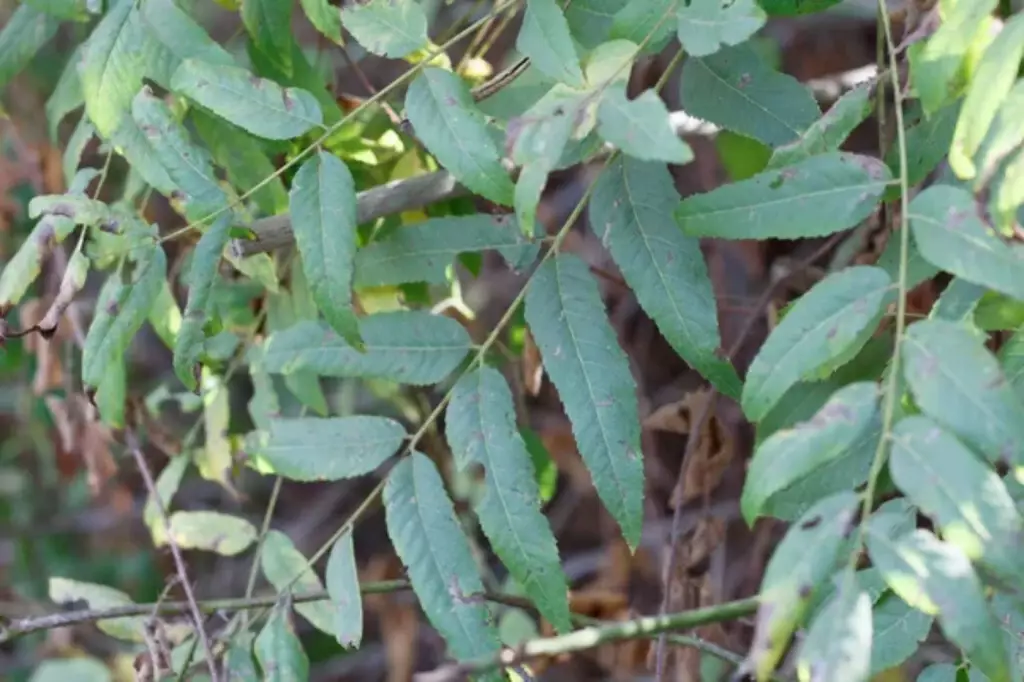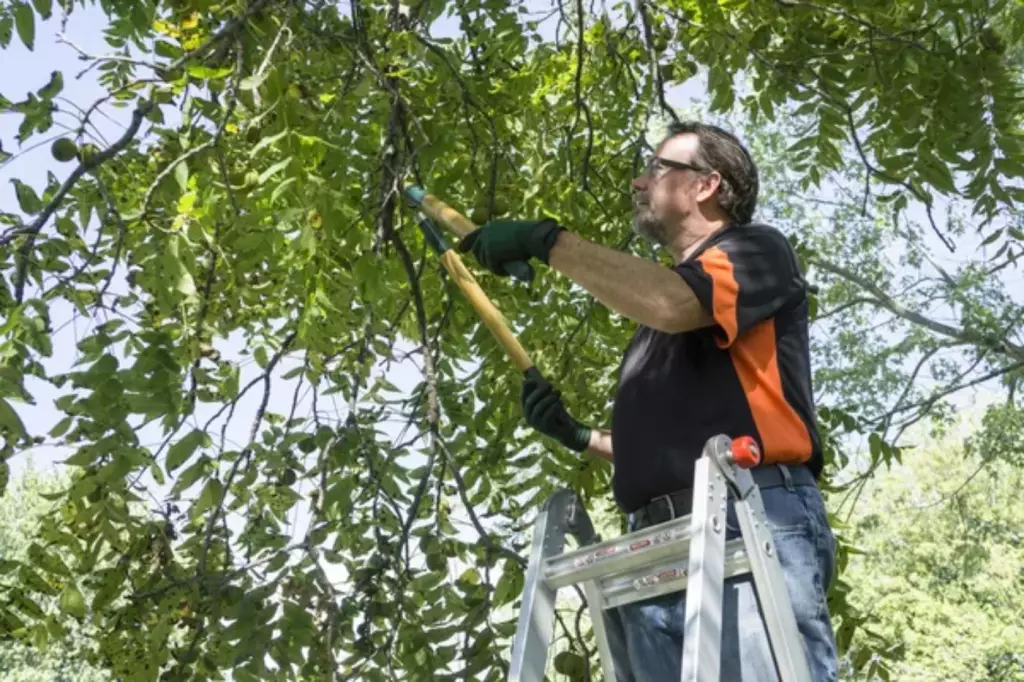What's the Fastest Growing Walnut Tree Species for Profits?
For those who are looking to start a walnut tree plantation, you may be wondering which species of walnut trees grow fastest and provide the most significant returns on investment. Some species of these trees grow faster and have greater profit returns than others. In this article, we'll explore the different species of walnut trees and their growth rates and profitability.
The fastest-growing species of walnut trees that have high profit potential are the black walnut (Juglans nigra), English walnut (Juglans regia), California black walnut (Juglans californica), and Northern California black walnut (Juglans hindsii). They prefer well-drained soils and sunny environments to maximize their growth and profitability.
Aside from caring for your walnut trees properly, what else can you do to help them grow faster and yield more profits? Let's find out the essentials of maintaining these walnut tree species, as well as the factors that affect their growth rate and value.
Knowing the fastest growing walnut tree species for profits will guide your decision-making process in selecting the most lucrative and efficient variety for your orchard, as you embark on your journey of starting a walnut farm from scratch.
Summary
- The fastest-growing species of walnut include the black walnut (Juglans nigra), English walnut (Juglans regia), California black walnut (Juglans californica), and Northern California black walnut (Juglans hindsii).
- Walnut trees grow fast in areas with good-draining soils and full sun exposure, such as regions in USDA hardiness zones 3–7.
- The growth and profitability of walnut trees depend on factors such as climate and soil, frequency of pruning, and good pollination and fertilization.

On this page:
The Fastest Growing Walnut Trees
| Walnut Species | Years Before Producing Nuts | Years Before Maturation |
|---|---|---|
| English Walnut (Juglans regia) | 4-5 years | 6-10 years |
| Black Walnut (Juglans nigra) | Up to 10 years | 12-15 years |
| California Black Walnut | 5-7 years | 8-10 years |
| Northern California Black Walnut | 4-5 years | 8-10 years |
Black walnut trees (Juglans nigra) grow quickly
The black walnut tree, also known as Juglans nigra, is a native North American species with a fast growth rate. Typically, grafted Black Walnut trees can start producing nuts within 4-5 years, but propagating them from seeds will take at least 7 - 15 years, and averaging 10 years, before they produce nuts.

With its beautiful appearance and tasty walnuts, this tree is perfect for both ornamental and economic purposes. To increase your profits from this species, you may want to plant them with the right spacing—not too close to each other or other plants. You may also need to expose them to full sun and plant them in well-drained soil.
English walnut (Juglans regia) has quick nut production time
Another profitable and fast-growing walnut tree is the English walnut, or Juglans regia. This species is native to Europe and Asia but is widely cultivated in North America. It has a relatively quick nut production time, taking only a few years before it begins to produce fruit.

English walnut trees need a sunny environment with protection from strong winds. They also require well-draining soil to help prevent common walnut tree diseases. By providing these conditions, you could improve the yield and quality of your harvest.
California black walnut (Juglans californica) is another fast-growing species
Native to the southern half of California, the California black walnut tree, or Juglans californica, is another fast-growing walnut species. Though smaller than the black and English walnut trees, this variety is still highly profitable for its high-quality nuts, valued in both the food industry and woodworking.
You might want to make sure that they receive full sun exposure and have well-drained soil to maximize their growth and productivity.

Northern California black walnut (Juglans hindsii) has accelerated growth among others
Juglans hindsii, also known as the Northern California black walnut, is an excellent choice for fast-growing walnut trees in your landscape, partly because they are already considered endangered species. This native Californian tree is specifically adapted to Northern California's unique climate while still offering a profitable harvest of delicious walnuts.
You might have to provide them with adequate sunlight and well-draining soil to ensure a strong and fruitful tree and keep an eye on potential pests and diseases to protect your investment.
Factors Influencing Growth and Profitability of Walnut Trees
Climate and soil requirements help ensure optimal growth and maximize profits
Walnut trees thrive in areas with full sun exposure and well-drained soil. They are ideally suited to USDA Zones 3–7, where the growing season ranges from 140 to 280 days, depending on Region 1.
Soil quality also affects walnut tree growth. The trees do best in moderately fertile soils with a pH between 6 and 7.5. It's best if you could monitor or check the drainage, as waterlogging can damage the roots and hinder growth.
Planting and pruning techniques affect growth and productivity
When planting, space the trees 25–30 feet apart to allow for adequate sunlight and airflow. It's preferable to plant walnut trees in the fall or early spring.

Pruning maintains the tree's shape, promotes healthy growth, and encourages nut production. In the early years, you may need to focus on developing a central leader and removing any competing branches. As the trees mature, you may continue to prune annually to remove dead or damaged limbs and maintain overall tree health.
Pollination and fertilization ensure a bountiful harvest
Walnut trees have separate male and female flowers. Some walnut species, like English walnut, require cross-pollination between different trees, while others, like black walnut, can self-pollinate. If you plant multiple trees and encourage a healthy population of pollinators, like bees, it could help improve your walnut crop.
Though most studies indicate that walnut trees don't receive a lot of growth benefits from fertilization, there are studies that proved that application of nitrogenous fertilizers increases diameter growth of walnut trees, significantly.
When choosing the fastest growing walnut tree species for your farm to maximize profits, it's equally important for you to know the average pounds of walnuts produced per tree, as this will influence your overall yield and financial returns.
Walnut Tree Care and Maintenance
Provide enough water and irrigation
Your newly planted walnut tree requires consistent watering during the first two growing seasons of its life. For this reason, you might need to water your tree weekly throughout the spring and summer using a soaker hose to avoid wetting the foliage. As a general rule, it is recommended to provide 2–3 gallons of water per diameter inch of the trunk measured by a caliper at chest height.
Maintaining adequate soil moisture around your walnut tree is needed, as drought stress can result in poorer nut quality and lower yields. However, you must be mindful not to overwater, as this can also cause problems for your tree. Use your judgment and adjust the watering schedule based on the weather and soil moisture.
Fight diseases and manage pests
Walnut trees can be susceptible to various diseases, with walnut blight being a significant concern. Choosing resistant varieties such as 'Franquette' can help minimize the risk of walnut blight. This English walnut variety is popular on the West Coast and produces flowers late in the year, meaning it may not cross-pollinate well with early-flowering varieties. Despite potentially lower yields, Franquette demonstrates resistance to walnut blight.
In addition to selecting resistant varieties, taking preventive measures can help protect your walnut trees from pests and diseases. You may need to plant with proper spacing between trees to allow for adequate air circulation and sunlight penetration. You could also regularly inspect your trees for signs of infections or infestations and address any issues promptly.
Most growers practice good sanitation by removing fallen leaves, nuts, and branches to reduce the likelihood of diseases and pests overwintering in the debris, and you can apply that as well to your walnut plantation. Also, you may consider using organic or chemical pesticides and fungicides as needed to keep your walnut trees healthy and productive.



